Hyeonji Kwon
Advisor: Carlos Rueda
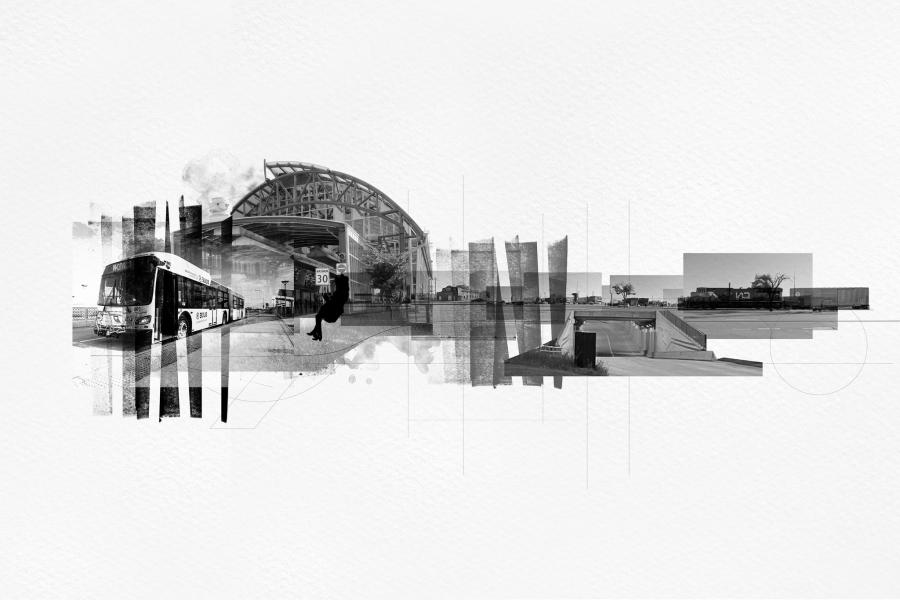

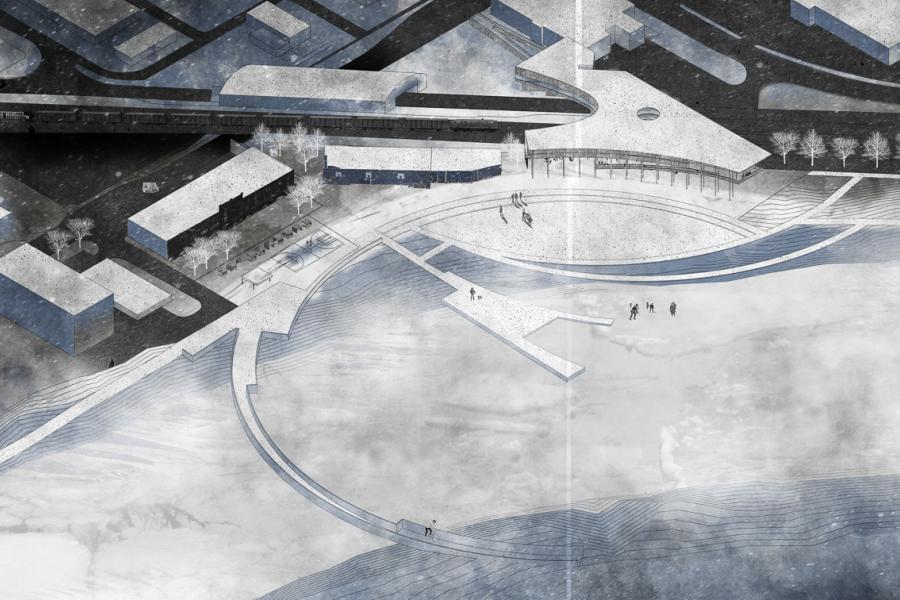
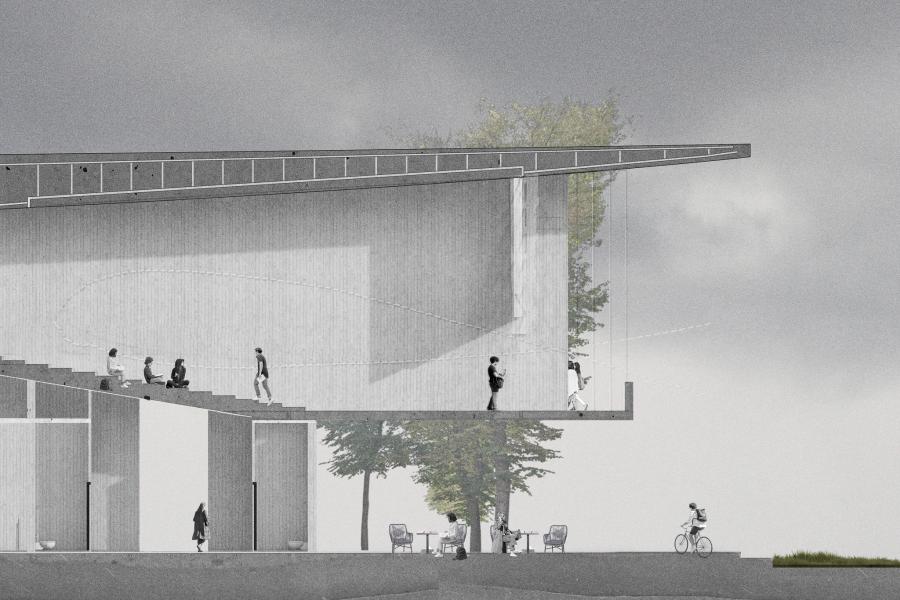
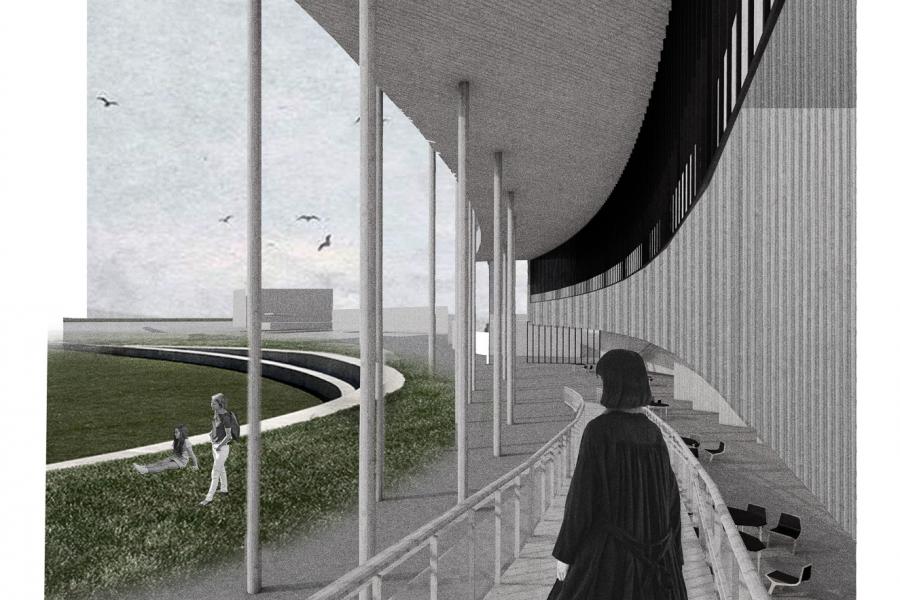
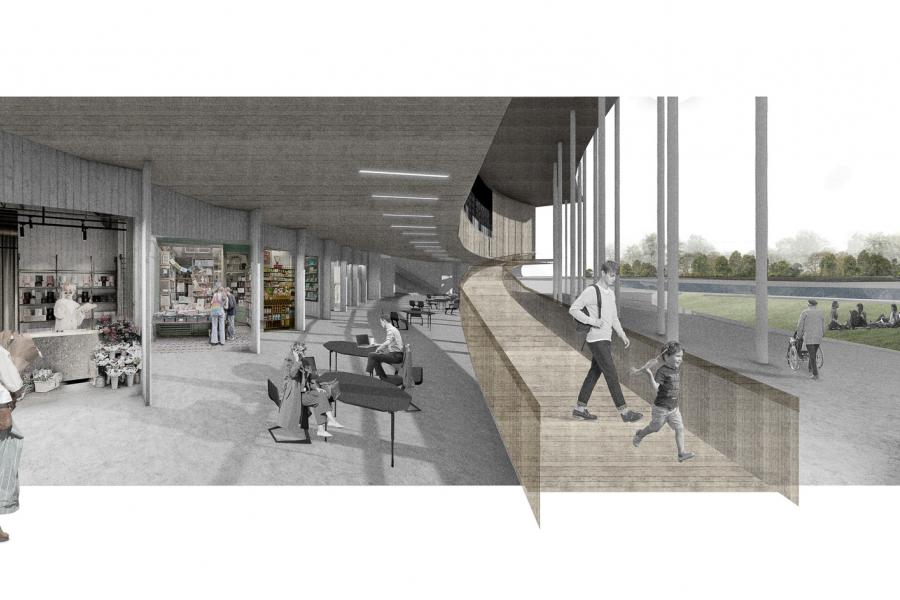
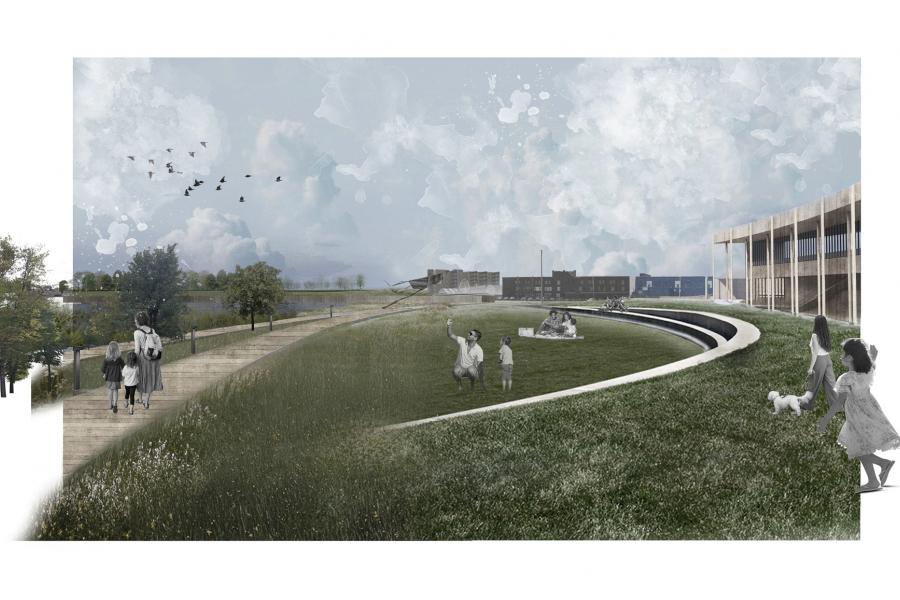

Architectural Portals in Cracks and at the Margins: Nurturing Interstices for Enhanced Cultural Sustainability in the Urban Landscape
Interstitial urbanism addresses two challenges: the ubiquity of in-between spaces in Canadian cities and the boundless possibilities found in these intermediate conditions. Contemporary urban developments often lack the stories of diverse secondary and in-between spaces found in older urban landscapes such as Greek loggia. Yet, these interstitial sites, shaped by Winnipeg’s industrial past, are both the challenge and potential solution to our fragmented urban spaces.
The thesis explores strategies for revitalizing existing urban sites through highly site-specific architectural landscapes, encompassing both parks and built elements. Anchored in the principles of Carlos Rueda and Gaston Bachelard, the thesis focuses in on neighbourhood-scale interstitial urbanism, investigating how site-specific interventions can unlock poetic experiences that promote deeper connections with the world. The concept of “poetic transport” becomes a guiding principle, fostering encounters that not only connect us meaningfully with the city but also form vital and sacred components of our relationship with the urban environment, existing in the liminal realm between the tangible and intangible.
Osborne Station emerges as a new gathering place for architectural and urban contemplation, where the in-between space evolves into a dynamic force connecting people and the land, encapsulating the essence of the city. With carefully thought-out gestures, the remnants of the past can undergo a transformative process and become a civic centre that champions cultural sustainability and injects renewed vigour into the Corydon-Osborne neighbourhood. The ultimate aim is to reintegrate urban planning with the ordinary rituals and sacredness of banal human life.
